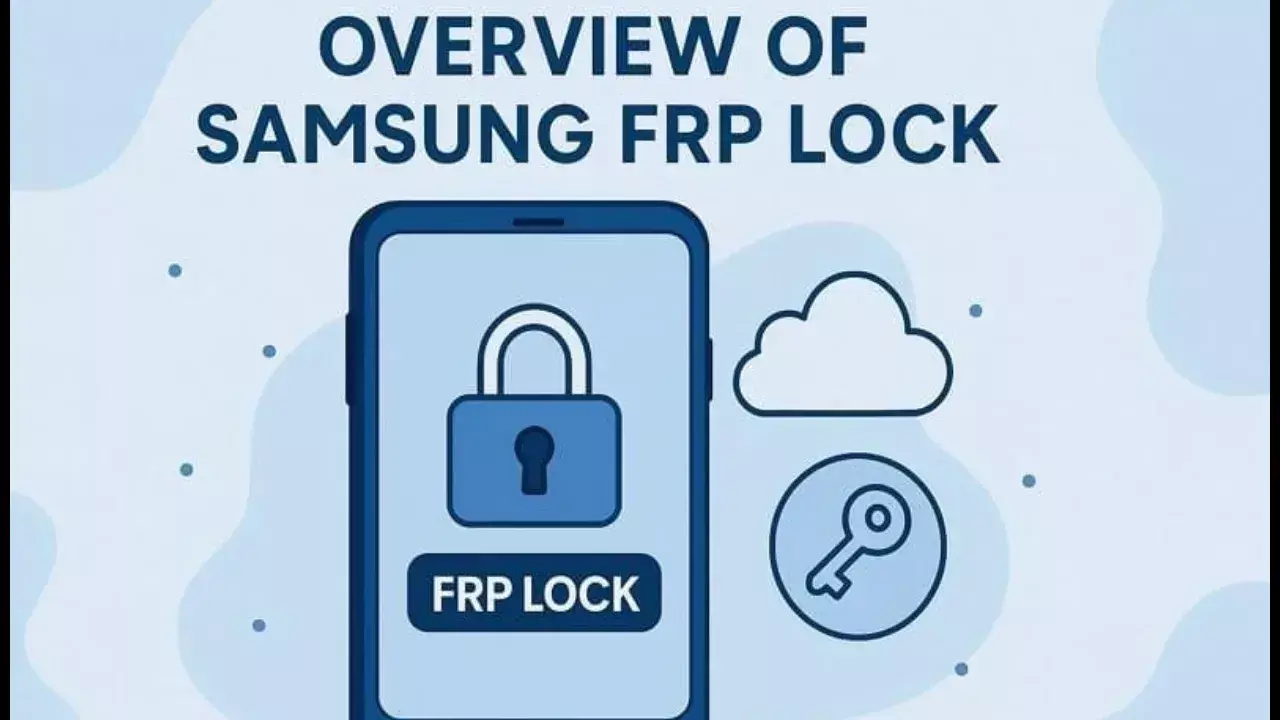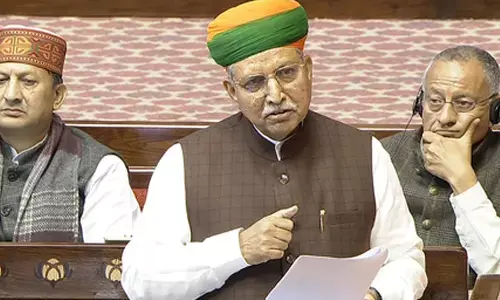Enhancing Employee Mental Health with Technology: Insights from Siddhant Jain, CEO of VdoCipher

Balancing technology and human expertise is key to fostering employee mental health and creating a supportive work environment.
While technology can be a powerful tool in managing employee mental health, it should not be the sole solution. Digital platforms, apps, and online assessments can provide valuable resources, but they must be backed by trained professionals in psychology, counselling, or wellness practices like yoga and meditation. Human expertise is essential for personalized care, empathy, and deep emotional support that technology alone cannot offer. Siddhant Jain, CEO of VdoCipher, explores how employers can leverage technology to support employee mental health. While digital tools like mental health apps, teletherapy, and wearables play a vital role, human expertise remains essential. Combining technology with professional care can create a well-rounded approach to fostering a mentally healthy and productive workplace.
Siddhant Jain, CEO, VdoCipher
He says, employers can use a range of technologies to support and manage the mental health of their employees. Here are several key ways:
1. Flexible Work and Remote Collaboration Tools
Technologies like Zoom, Slack, and other remote collaboration tools can support flexible work arrangements. Flexibility in work schedules and remote work can reduce stress and promote a healthier work-life balance, which positively impacts mental health.
2. Mental Health Apps
Employers can offer access to mental health apps that provide resources for mindfulness, meditation, and stress relief. Some popular apps like Sadhguru Meditation App and Headspace offer features such as:
- Guided meditation
- Sleep improvement programs
- Journaling prompts for mental clarity
- On-demand therapy or counselling services These apps help employees manage stress, anxiety, and other mental health challenges on their own schedule.
3. Teletherapy and Online Counseling
Employers can provide access to teletherapy services, where employees can connect with licensed therapists or counsellors through video conferencing platforms. This flexibility makes mental health care more accessible, reducing barriers like time and commuting.
4. Employee Assistance Programs (EAPs) with Digital Access
Many companies have Employee Assistance Programs that offer confidential counselling and wellness resources. Employers can enhance these programs by integrating digital platforms where employees can access help anytime. These platforms often include:
- 24/7 chat support with counsellors
- Online wellness resources like articles, videos, and self-assessments
- Crisis helplines for immediate support
5. Wearable Technology for Wellness Tracking
Wearable devices like Fitbit or Apple Watch can help monitor an employee’s physical health, which is often linked to mental well-being. These devices track metrics such as:
- Heart rate variability, which can indicate stress levels
- Sleep quality and patterns
- Physical activity and movement Employers can use aggregated, anonymized data to identify trends that could suggest workplace stress or burnout and adjust policies accordingly.
By using these technologies, employers can provide a more proactive, personalized approach to mental health support, leading to a healthier and more productive workforce.
6. Using Screen time apps
These apps track the time spent on devices, allowing employees to set limits on screen usage and avoid digital overload. By encouraging regular breaks and reducing time spent on non-essential apps, screen time tools can help prevent burnout, reduce eye strain, and improve focus. This maintains a balance between work and personal time, ultimately supporting better mental clarity, productivity, and overall well-being in a tech-driven work environment.




















